Home>Furniture & Design>Interior Design Trends>What Can Scratch Glass
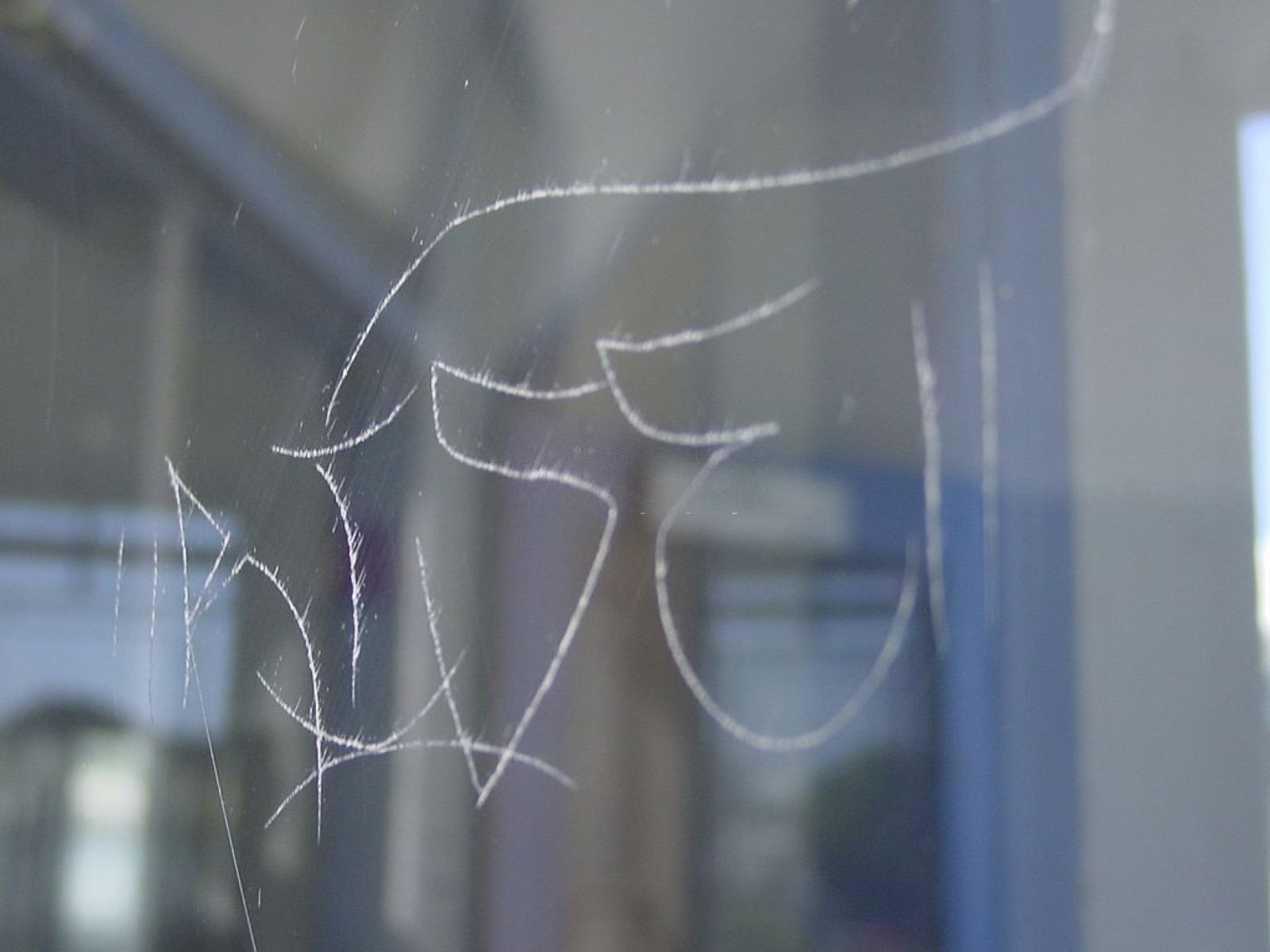

Interior Design Trends
What Can Scratch Glass
Modified: February 17, 2024
Discover the latest interior design trends and find out what can scratch glass. Explore tips and solutions to protect your glass surfaces.
(Many of the links in this article redirect to a specific reviewed product. Your purchase of these products through affiliate links helps to generate commission for Storables.com, at no extra cost. Learn more)
Introduction
Glass is a versatile and elegant material that adds a touch of sophistication to our surroundings. From sleek windows that invite natural light into our homes to stunning glassware that adorns our tables, glass is an integral part of our daily lives. However, despite its beauty and utility, glass is susceptible to scratches from various sources. Understanding what can scratch glass and how to prevent these scratches is essential for maintaining the pristine appearance of glass surfaces.
In this article, we will delve into the common materials that can scratch glass, explore how scratches can occur, and provide valuable insights on preventing these blemishes. Whether you're a homeowner seeking to protect your glass furnishings or a business owner looking to maintain the allure of your glass storefront, the information presented here will empower you to safeguard your glass investments.
Let's embark on a journey to uncover the nuances of glass scratches and equip ourselves with the knowledge to preserve the clarity and beauty of glass in our everyday lives.
Key Takeaways:
- Protect your glass surfaces by avoiding abrasive cleaners, using soft padding, and applying protective coatings to prevent scratches from common culprits like sand, metal, and dirt.
- Gentle cleaning, regular dust removal, and mindful handling can preserve the beauty and functionality of glass, ensuring its longevity and appeal in various settings.
Read more: What Can Scratch Granite Countertops
Common Materials That Can Scratch Glass
Glass, while durable, is not impervious to scratches. Understanding the common materials that can scratch glass is crucial for safeguarding glass surfaces from potential damage. Here are some prevalent culprits that can mar the pristine appearance of glass:
-
Abrasive Cleaners: Many household cleaners contain abrasive particles that, when used on glass surfaces, can cause scratches. Even seemingly mild abrasive cleaners can gradually wear down the smooth surface of glass, leading to visible scratches over time.
-
Sand and Gravel: Outdoor glass surfaces, such as windows and glass tabletops, are susceptible to scratches from airborne particles like sand and gravel. Wind-blown debris can inadvertently come into contact with glass, leaving behind fine scratches that compromise its clarity.
-
Metal Objects: Metal objects, such as keys, jewelry, and utensils, pose a significant risk to glass surfaces. Accidental contact with metal items can leave unsightly scratches, particularly on glass tabletops, windows, and display cases.
-
Hard Minerals: When hard minerals, such as quartz or granite, come into contact with glass surfaces, they can cause scratches due to their innate hardness. This can occur during cleaning processes or in environments where glass is exposed to mineral-rich substances.
-
Dirt and Dust: While seemingly innocuous, dirt and dust particles can act as abrasives when they accumulate on glass surfaces. Routine cleaning without proper dust removal can inadvertently lead to microscopic scratches that detract from the glass's pristine appearance.
By being mindful of these common materials that can scratch glass, individuals can take proactive measures to mitigate the risk of damage to glass surfaces. Whether it involves adopting gentle cleaning practices or implementing protective measures, understanding the potential sources of scratches empowers individuals to preserve the visual appeal of glass in various settings.
How Scratches Can Occur
Scratches on glass can occur through various mechanisms, each capable of compromising the pristine surface of this transparent material. Understanding how these scratches manifest is essential for implementing preventive measures and preserving the integrity of glass surfaces.
-
Direct Contact: One of the most common ways scratches occur on glass is through direct contact with abrasive materials. When glass comes into contact with substances like sand, metal, or hard minerals, the friction generated can lead to visible scratches. Even seemingly innocuous actions, such as sliding a metal object across a glass tabletop or using a gritty cleaning cloth, can result in scratches.
-
Abrasive Cleaning Practices: While cleaning glass surfaces is essential for maintaining their luster, improper cleaning techniques can inadvertently cause scratches. The use of abrasive cleaners or rough cleaning pads can wear down the smooth surface of glass, leading to the formation of fine scratches over time. Additionally, failure to remove dust and debris before cleaning can result in these particles acting as abrasives, causing microscopic scratches during the cleaning process.
-
Environmental Factors: Glass surfaces exposed to outdoor environments are particularly susceptible to scratches from environmental elements. Wind-blown debris, such as sand, gravel, or dust, can come into contact with glass windows, doors, and outdoor furniture, leading to the formation of scratches. Moreover, exposure to hard minerals present in water or cleaning solutions can contribute to the gradual degradation of glass surfaces, resulting in visible scratches.
-
Everyday Interactions: In daily life, inadvertent interactions with glass surfaces can lead to scratches. For instance, placing metal objects directly onto glass tabletops, using sharp utensils near glassware, or allowing jewelry to come into contact with glass can all pose a risk of scratching. Over time, these seemingly minor interactions can accumulate, leading to noticeable scratches on glass surfaces.
By understanding the various ways in which scratches can occur, individuals can adopt proactive measures to minimize the risk of damage to glass surfaces. Implementing gentle cleaning practices, using protective coatings, and exercising caution during everyday interactions with glass can all contribute to preserving the clarity and beauty of this versatile material.
To scratch glass, you can use materials that are harder than glass, such as sandpaper, diamond, or silicon carbide. Be careful when using these materials to avoid injury.
How to Prevent Scratches on Glass
Preventing scratches on glass surfaces is paramount for maintaining their pristine appearance and longevity. By implementing proactive measures and adopting gentle practices, individuals can safeguard glass from potential damage. Here are effective strategies to prevent scratches on glass:
-
Gentle Cleaning Techniques: When cleaning glass surfaces, opt for non-abrasive cleaners and soft, lint-free cloths to minimize the risk of scratches. Avoid using rough cleaning pads or abrasive materials that can compromise the smooth surface of the glass.
-
Regular Dust Removal: Prior to cleaning, remove dust and debris from glass surfaces using a gentle duster or microfiber cloth. By eliminating abrasive particles before cleaning, the risk of microscopic scratches caused by dust is significantly reduced.
-
Protective Coatings: Consider applying protective coatings or films to glass surfaces, especially in high-traffic areas or outdoor settings. These coatings act as a barrier, shielding the glass from potential scratches caused by environmental elements and everyday interactions.
-
Use Soft Padding: When placing objects on glass tabletops or shelves, use soft padding or coasters to prevent direct contact between hard surfaces and the glass. This simple measure can mitigate the risk of scratches from metal objects, utensils, or decorative items.
-
Mindful Handling: Exercise caution when handling glassware, decor, and other glass items. Avoid sliding metal objects across glass surfaces, and be mindful of jewelry or accessories that could inadvertently scratch the glass.
-
Avoid Harsh Materials: Refrain from using harsh or abrasive materials near glass surfaces. This includes abrasive cleaners, rough sponges, and cleaning tools with hard bristles, all of which can compromise the integrity of the glass.
-
Regular Maintenance: Implement a routine maintenance schedule for cleaning and inspecting glass surfaces. By addressing any potential sources of scratches promptly, such as removing accumulated debris or addressing minor imperfections, the overall condition of the glass can be preserved.
By incorporating these preventive measures into daily practices, individuals can effectively protect glass surfaces from scratches, ensuring that their clarity and visual appeal endure over time. Whether it's a glass tabletop, window, or decorative glassware, proactive care and mindful handling can go a long way in maintaining the pristine beauty of glass in various settings.
Conclusion
In conclusion, understanding the factors that can scratch glass and implementing preventive measures is essential for preserving the pristine appearance and longevity of glass surfaces. By recognizing the common materials that can cause scratches, such as abrasive cleaners, sand and gravel, metal objects, hard minerals, and dust, individuals can proactively mitigate the risk of damage to glass. Furthermore, comprehending how scratches can occur, whether through direct contact, abrasive cleaning practices, environmental factors, or everyday interactions, empowers individuals to adopt gentle practices and protective measures.
Preventing scratches on glass involves a combination of mindful handling, gentle cleaning techniques, and the application of protective coatings. By using non-abrasive cleaners, regularly removing dust and debris, and employing soft padding to prevent direct contact with hard surfaces, individuals can minimize the risk of scratches on glass tabletops, windows, and glassware. Additionally, the use of protective coatings or films can provide an added layer of defense against environmental elements and inadvertent interactions.
It is important to recognize that the preservation of glass surfaces goes beyond aesthetics; it also contributes to the longevity and functionality of glass in various applications. Whether it's the clarity of storefront windows, the elegance of glass tabletops, or the functionality of glassware, maintaining scratch-free surfaces enhances the overall appeal and utility of glass.
By incorporating these preventive measures into daily practices and adopting a proactive approach to glass maintenance, individuals can ensure that the allure and clarity of glass endure over time. Whether in residential, commercial, or industrial settings, the preservation of glass surfaces through preventive care and gentle handling is a testament to the enduring beauty and functionality of this versatile material.
In essence, the knowledge and proactive measures outlined in this article serve as a guide for individuals to protect their glass investments, ensuring that scratches do not detract from the timeless elegance and practicality of glass in our everyday lives.
Frequently Asked Questions about What Can Scratch Glass
Was this page helpful?
At Storables.com, we guarantee accurate and reliable information. Our content, validated by Expert Board Contributors, is crafted following stringent Editorial Policies. We're committed to providing you with well-researched, expert-backed insights for all your informational needs.
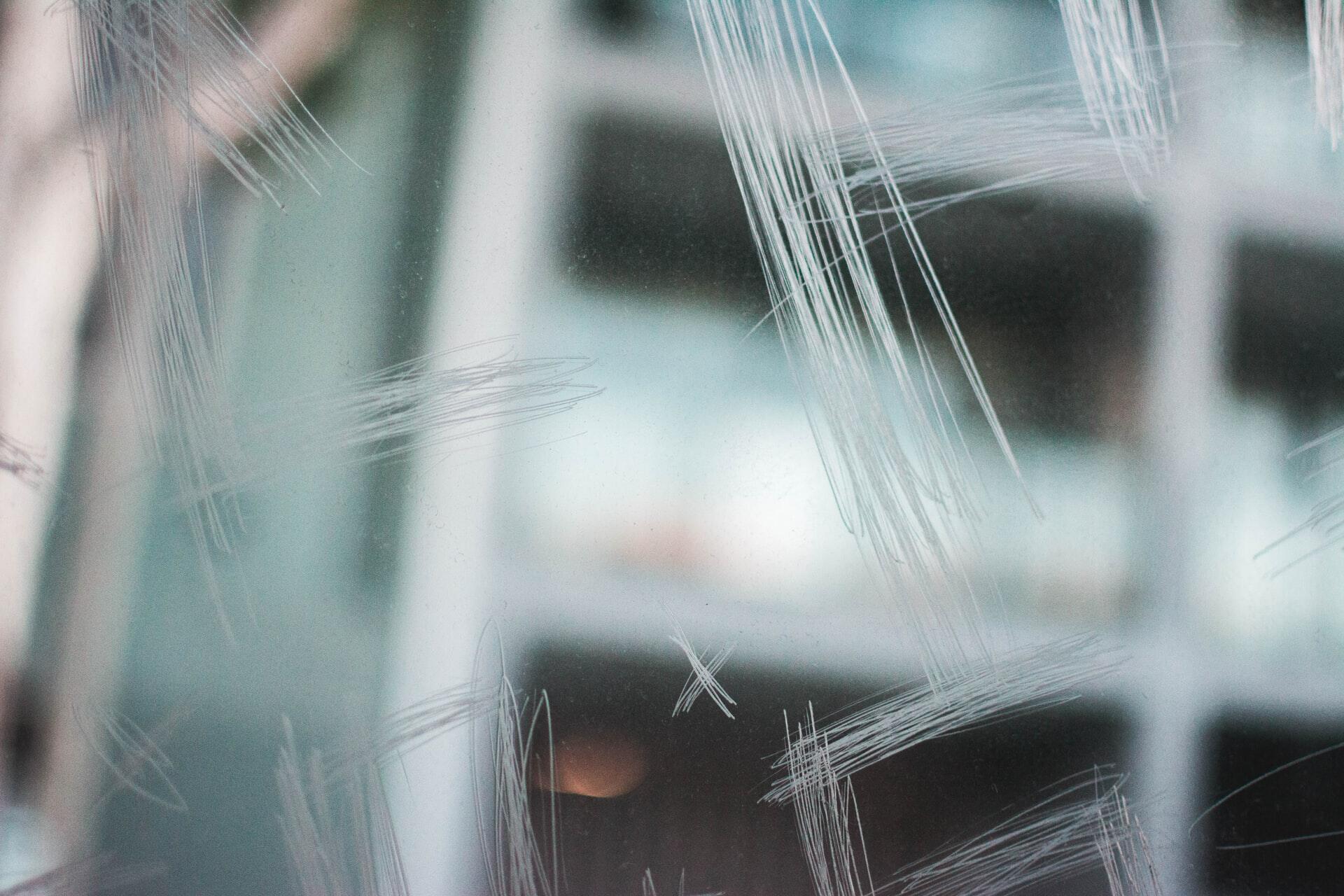
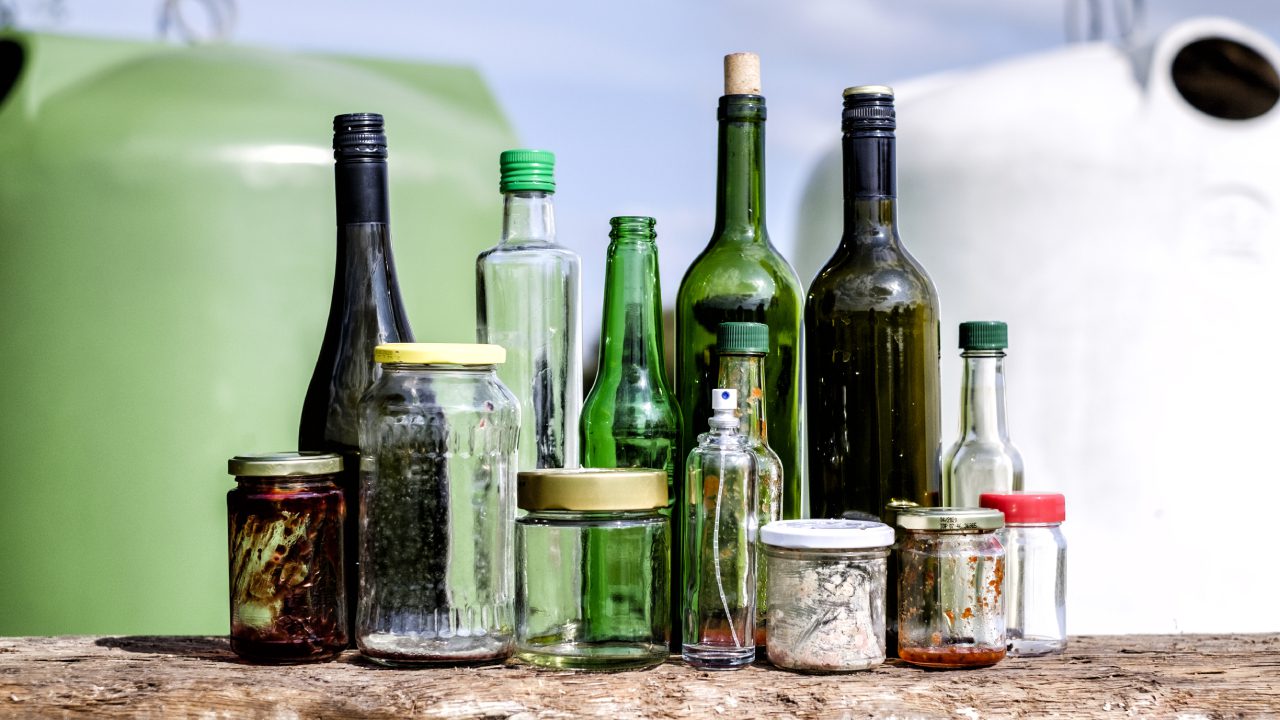

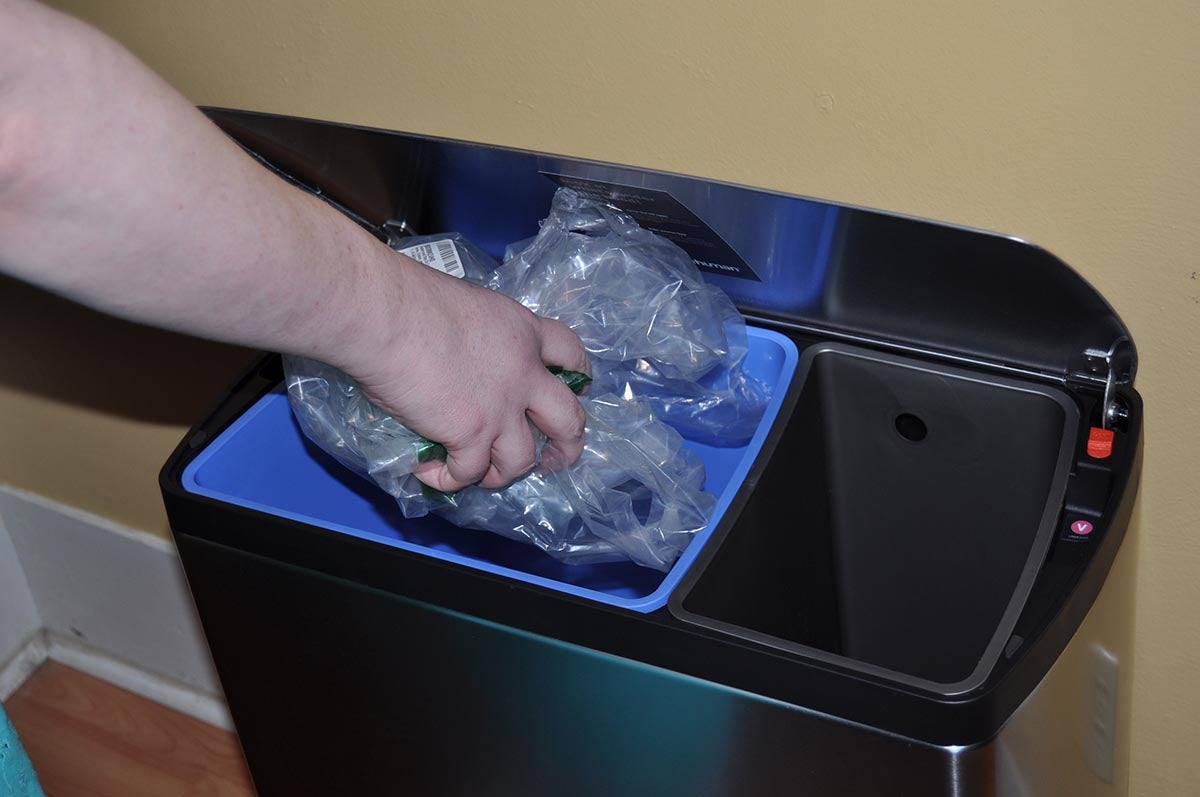
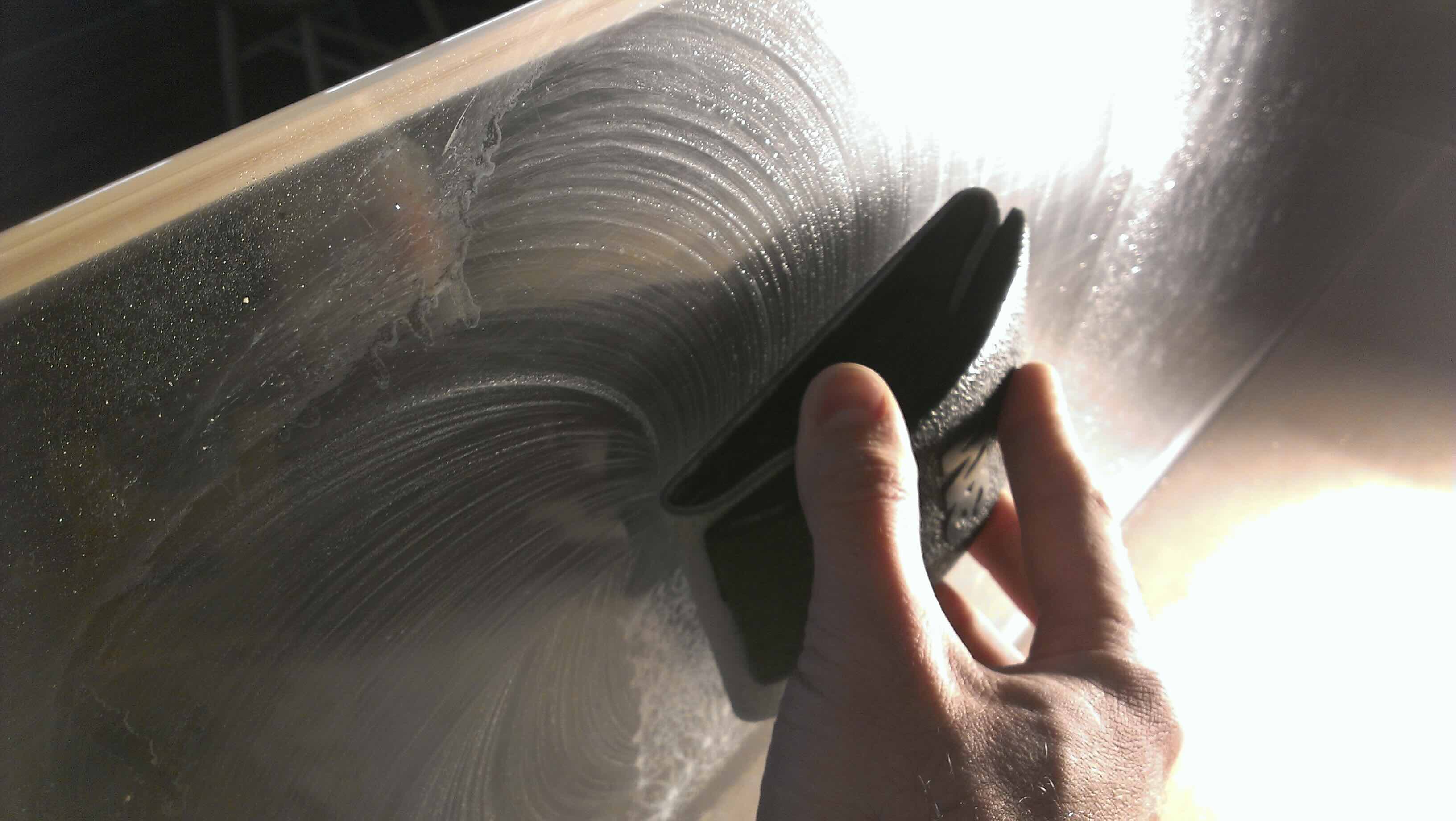
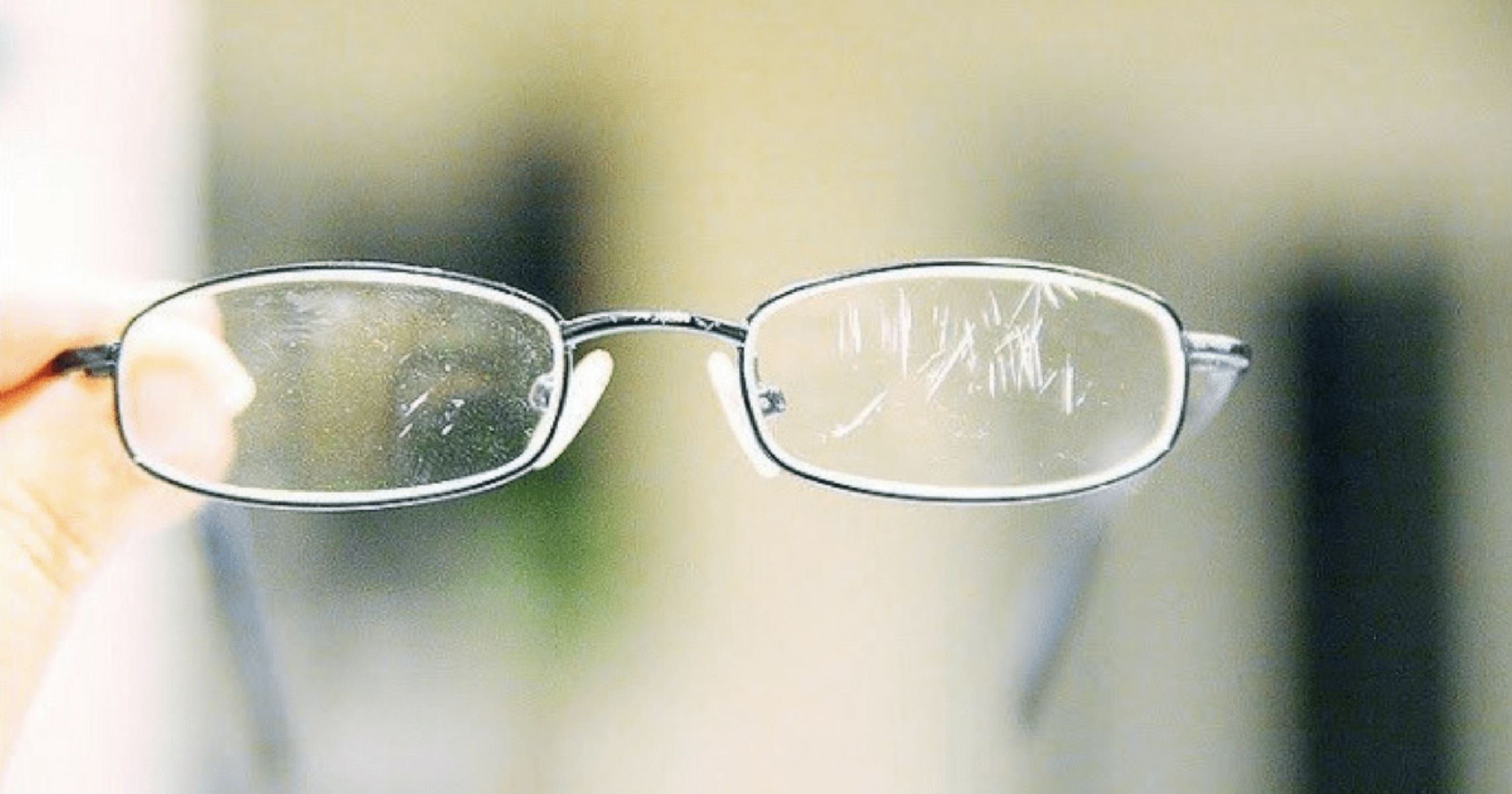
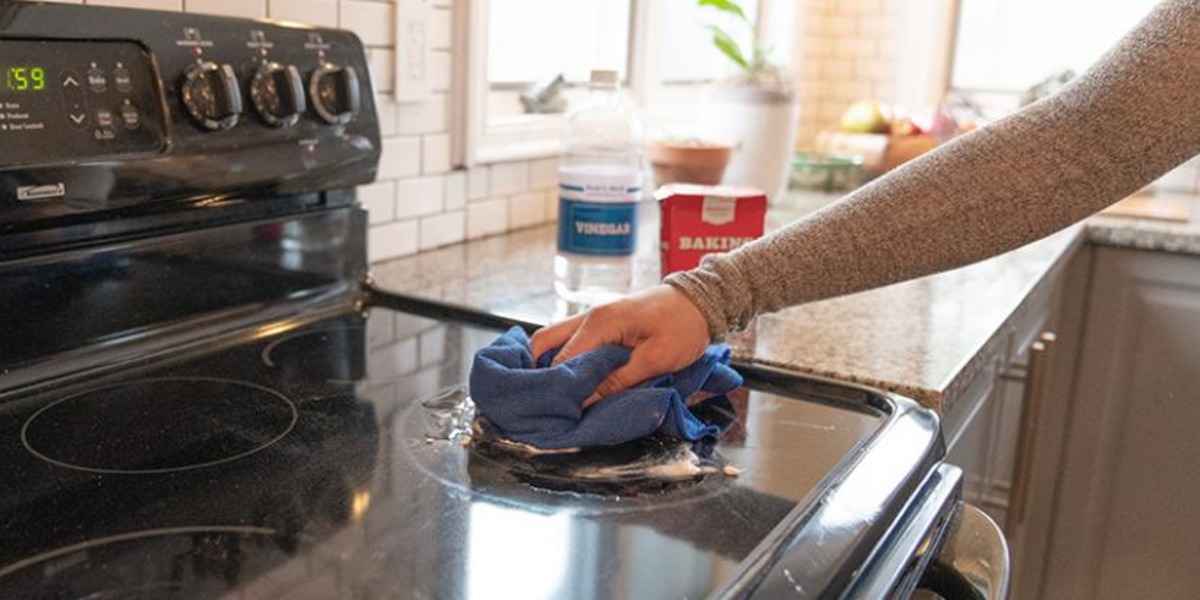
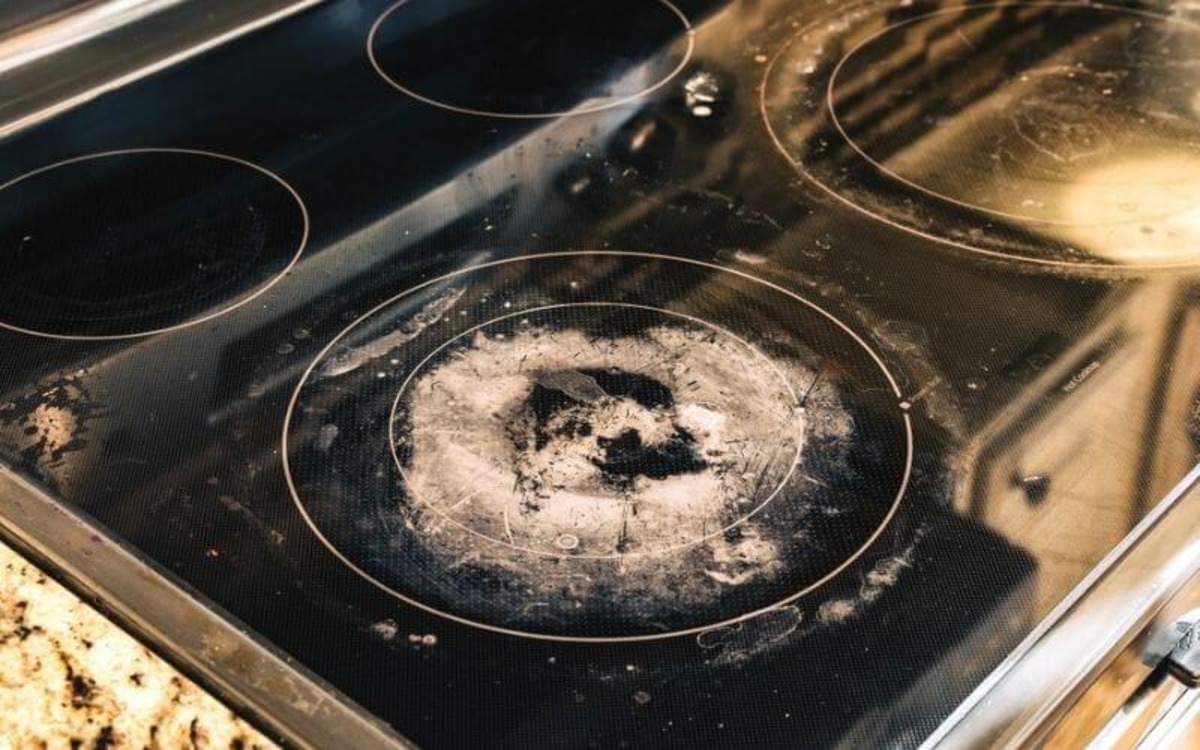
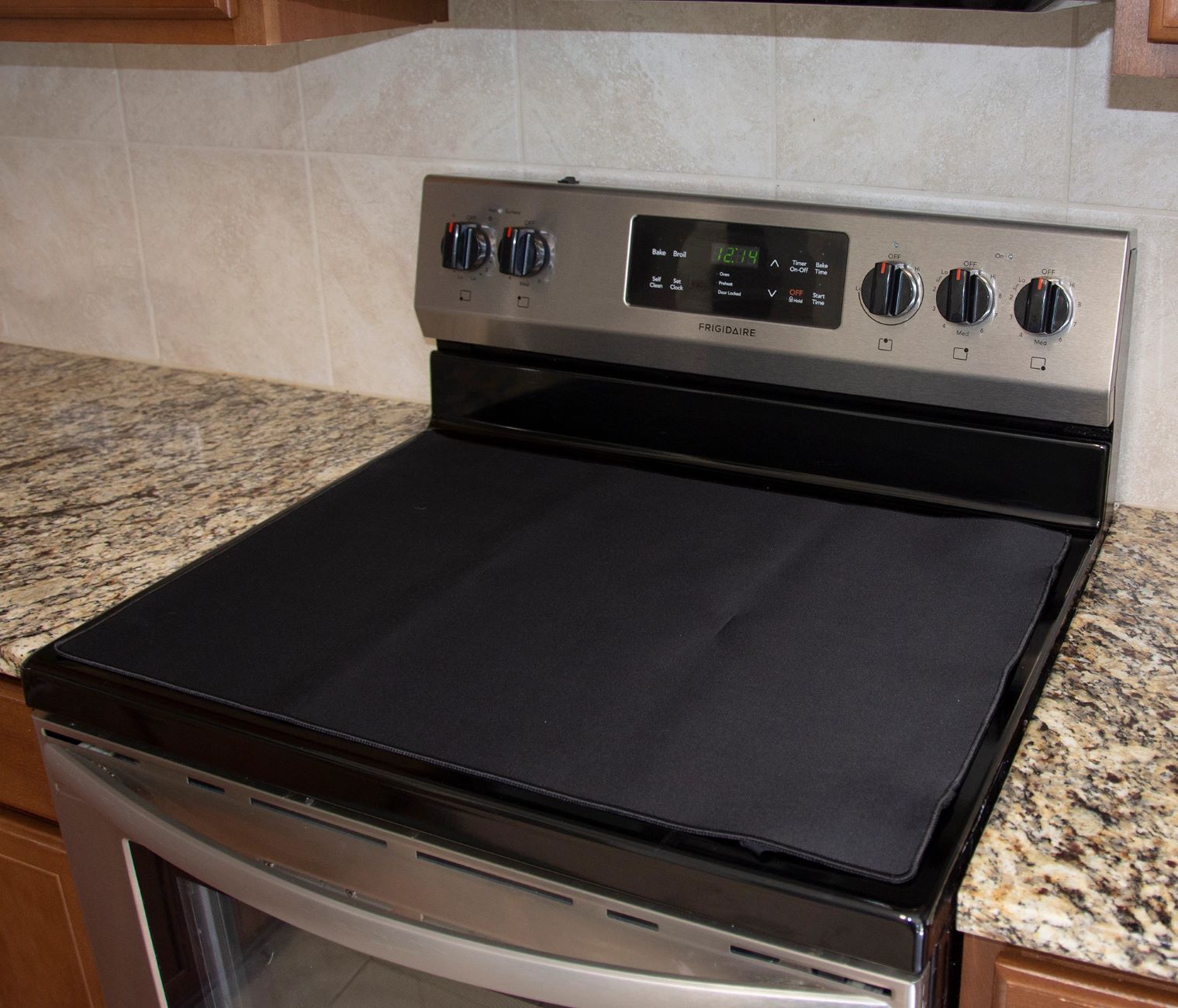

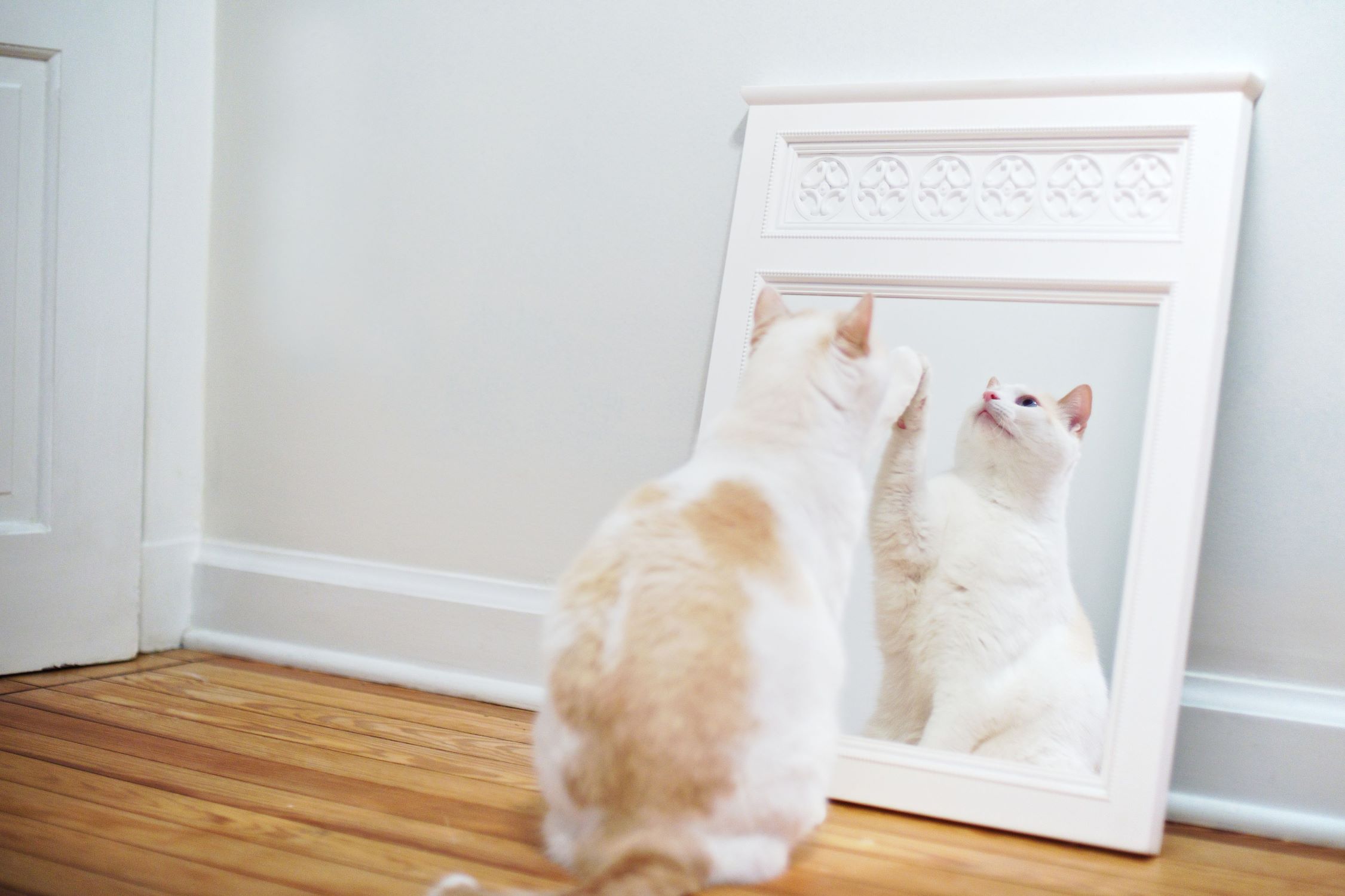
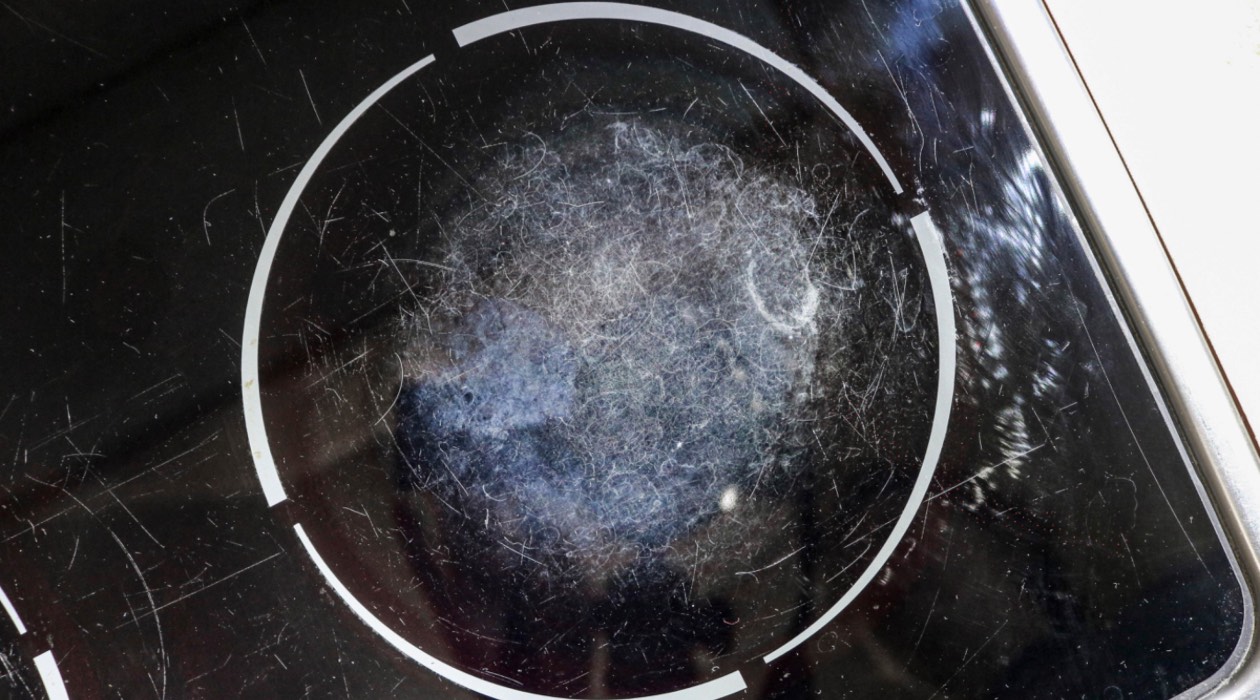
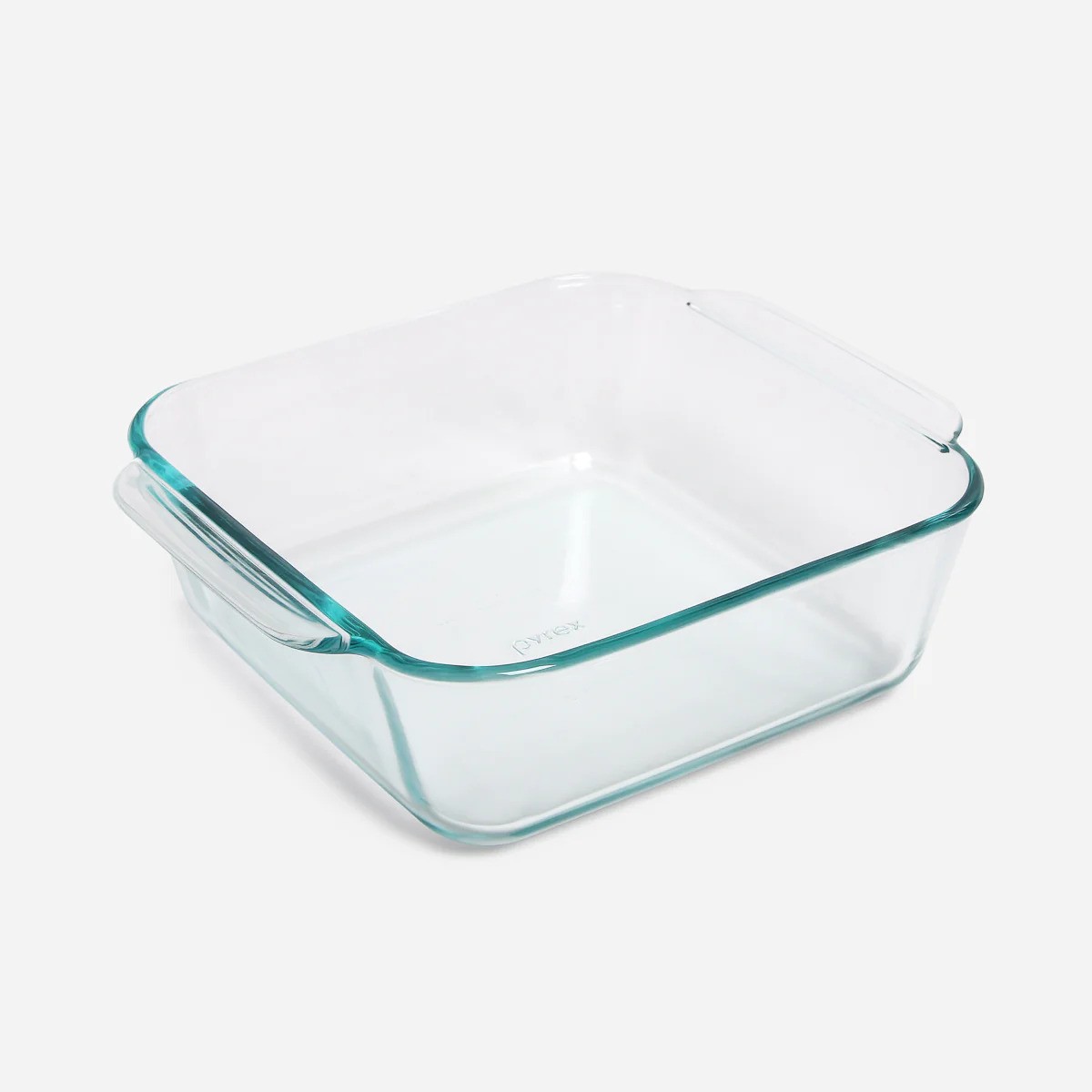

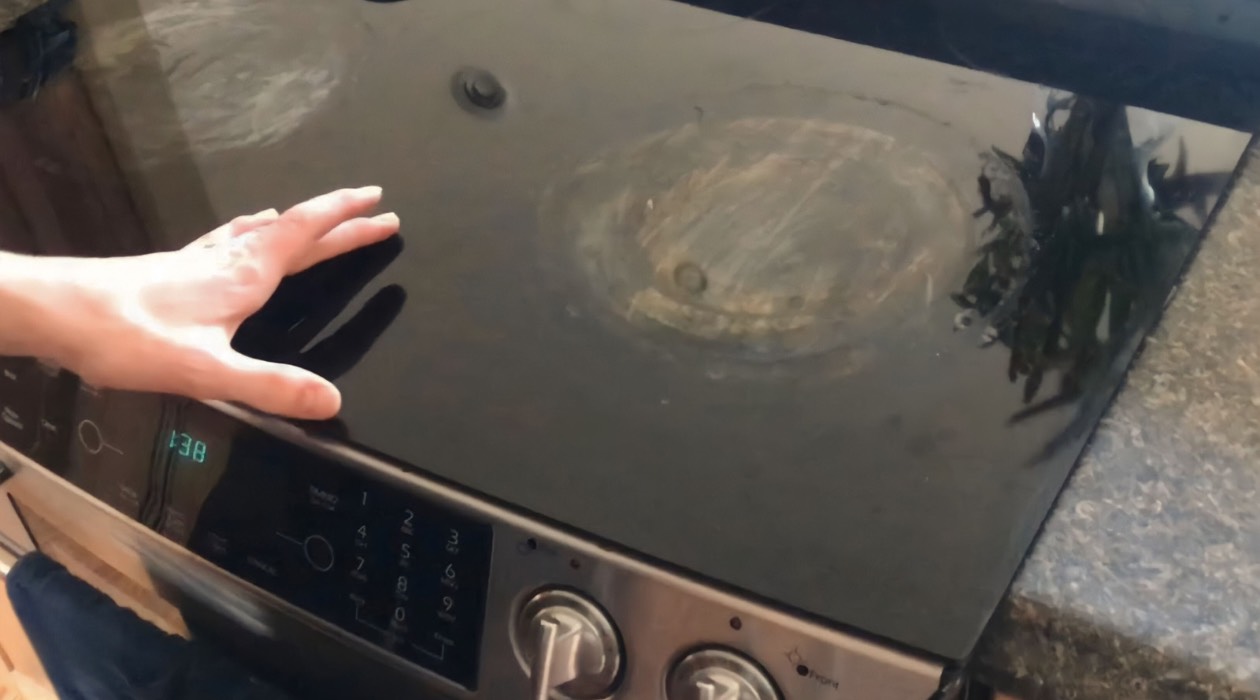

0 thoughts on “What Can Scratch Glass”